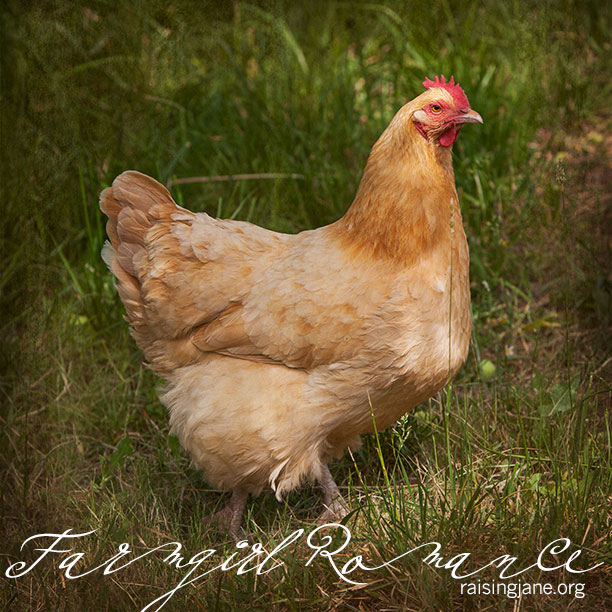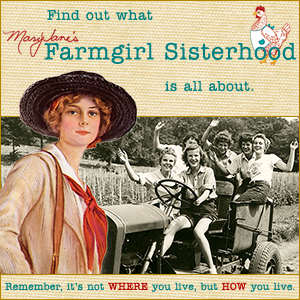
-
Buy props used in MaryJane’s books and magazine!
5% of profits will benefit www.firstbook.org, a non-profit that provides new books to children from low-income families throughout the U.S. and Canada.

Here’s how:
MaryJane will post a photo and a description of a prop and its cost along with a few details as to its condition here: https://shop.maryjanesfarm.org/MaryJanesCurations. It’s a playful way to be the new owner of a little bit of farm herstory.




















































She looks like a girl with the name of Penny (as in copper penny). What is her name?
Nothing better than free range eggs. This hen looks very proud and spiffy! Unfortunately, my local borough has an ordinance about poultry in the backyard. Was not a happy camper when I got that word. A couple of people have tried to sneak a hen or two but have been fined!!! Luckily I have access to some local farmers’ markets!